
2013 national competition project | Library Redesign #002
Kinnelon is a small affluent suburban town. The town prides itself on its good public schools especially after most recently earning the 5th best school in the state this past year. In the building itself, students are focused to achieve academic, athletic, and artistic success. Everyone comes into school ready to work, take extra classes, stay late, work during lunch, and actively communicate with teachers. Unfortunately, our newly designed library still does not welcome in our over achieving students. The library does not offer early or late hours for students and faculty to put in the extra time and does not allow students to come in during lunch. Even when in the space, people are working on top of each other competing for room to work while their voices try to overpower one another. I embark on the task of making my school library more available and productive for the student body and faculty. I want the library to be more accessible for the students who want to meet with groups, hang out after or before school, and eat lunch and get coffee in without burdening the school with hiring extra faculty.
In addition to accomplishing these needs of the students, I also need to keep in mind the needs of the environment. My second goal is to make this building more sustainable and hopefully it will inspire the town and school to go in the same direction after seeing its success,
.png)
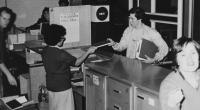

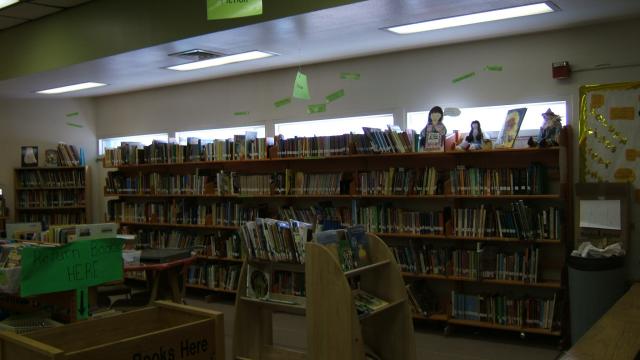
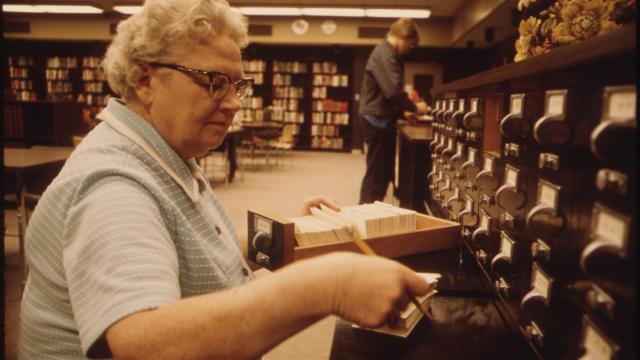
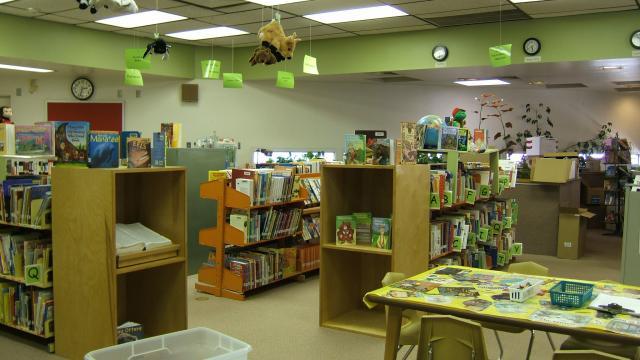
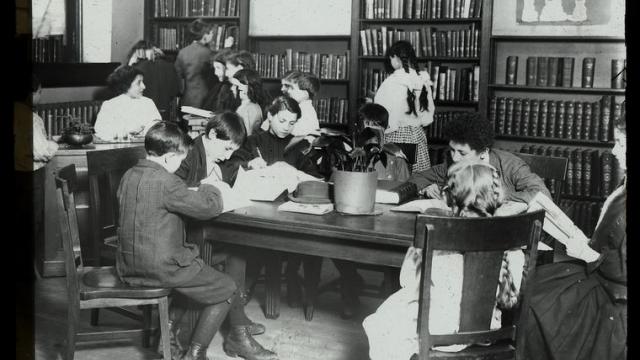
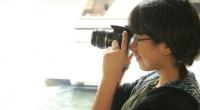








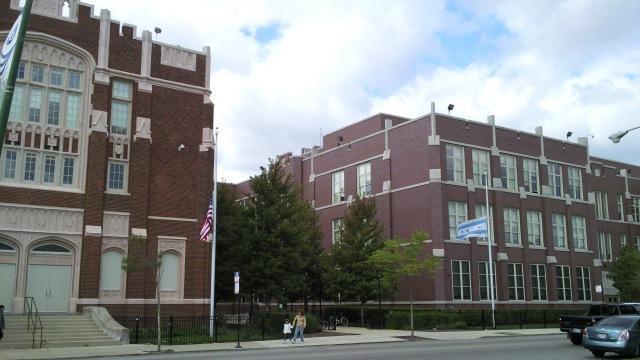
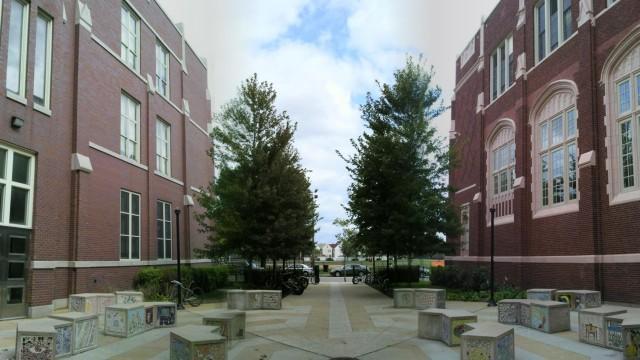
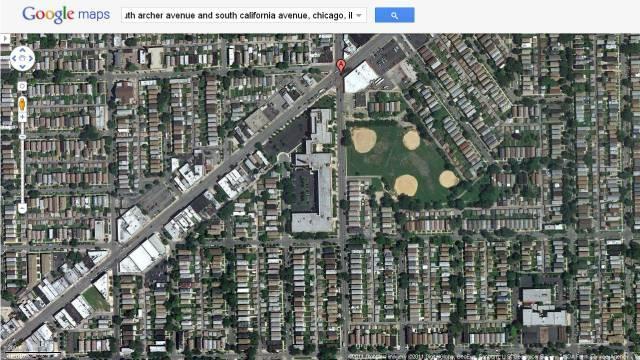
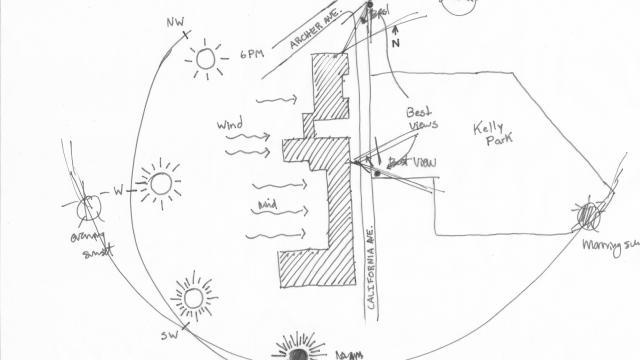
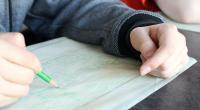








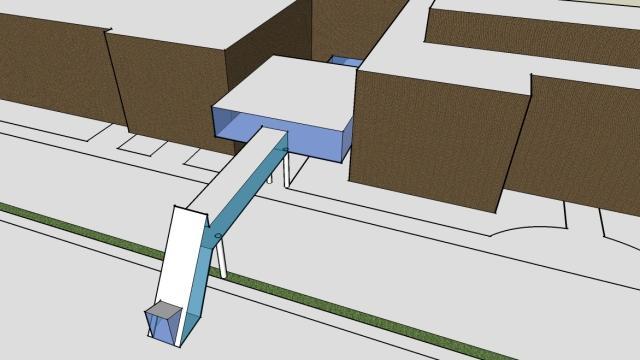
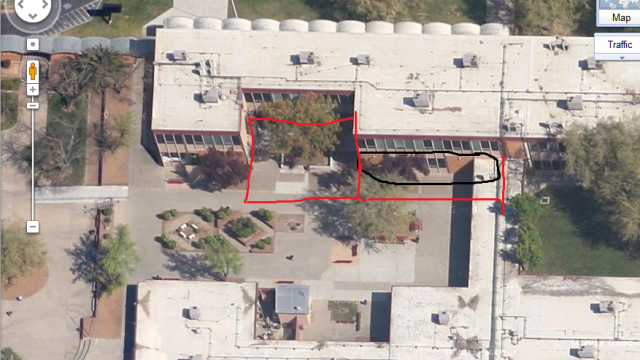
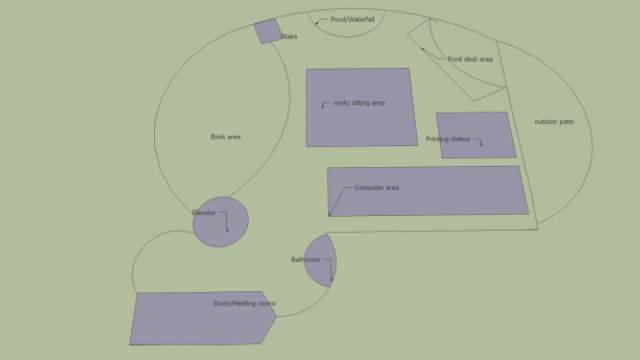
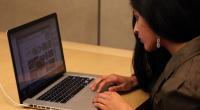







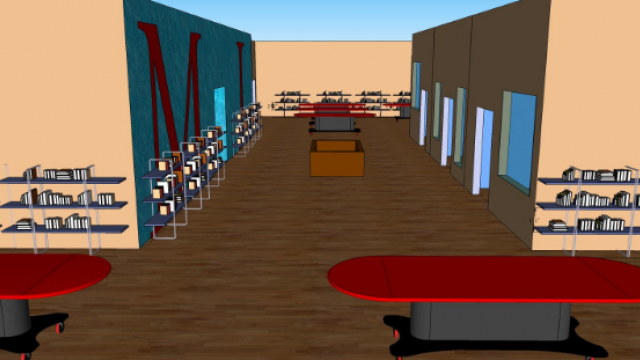
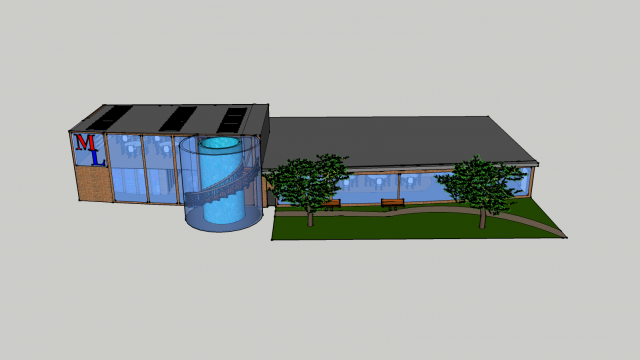
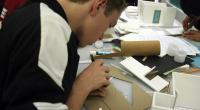








Comments
You`re taking many things into account, and making it very personalized for the faculty and the students. I can`t wait to see the finished project!
Right up front in the overview you might add that Kinnelon is in New Jersey. You've done a good job presenting your issues. I am not sure that design will accomplish everything you want to do ("The library does not offer early or late hours for students and faculty to put in the extra time and does not allow students to come in during lunch.")
Design panel juror